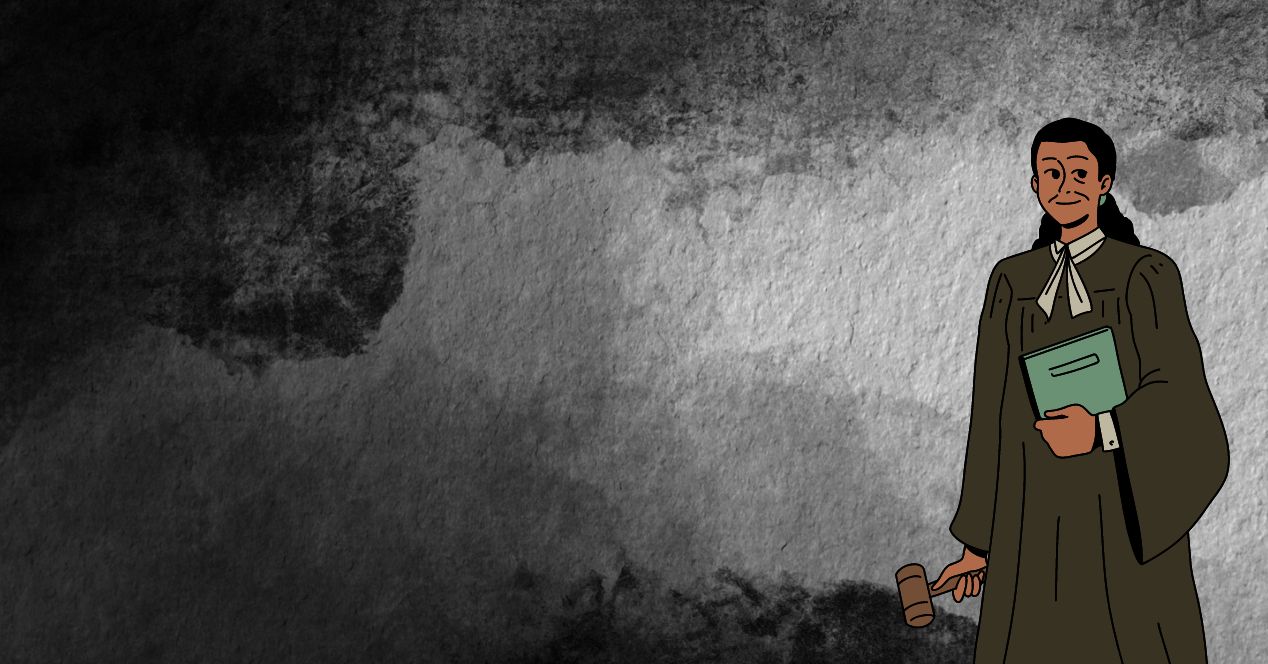Analysis
Has the Supreme Court Collegium’s Focus Shifted to Diversity and Inclusion?
DESK BRIEF: Recent Collegium recommendations show a renewed attention towards ensuring regional and gender diversity in Indian courts.

In its first week after the summer vacation, the Supreme Court Collegium kicked itself into action with the recommendation of two judges to the Supreme Court and seven judges to various High Courts across the country. With these nine recommendations the Supreme Court openly pursued region and gender diversity in the higher courts of India.
On July 5th, the Collegium recommended Justice S. Venkatanarayana Bhatti to be elevated to the Supreme Court, highlighting that there is no representation at the top court from the Andhra Pradesh High Court. In May 2023, the Collegium recommended Justice P.K. Mishra, from the Chhattisgarh High Court, though the Chief Justice of the Allahabad High Court ranked higher in seniority. The Collegium reasoned that the High Court of Chhattisgarh had no representation in the highest court. Justice Mishra was appointed soon after.
Along with Andhra Pradesh, eight High Courts are not represented at the Supreme Court. This list includes the High Courts of Rajasthan, Jharkhand, Odisha, Meghalaya, Sikkim, Manipur, Tripura, and Jammu, Kashmir and Ladakh. With Justice Krishna Murari’s retirement today, the Supreme Court will have four vacancies, offering an opportunity for the collegium to ensure all key regions and High Courts are represented. In this pursuit, however, another key demographic will have to be considered.
Recent Collegium recommendations have focused on gender diversity in the Bench. On July 5th, 2023, the Collegium recommended Justice Sunita Agarwal of the Allahabad High Court to be elevated as the Chief Justice of the Gujarat HC. The Collegium considered the fact that there is no woman Chief Justice in any of India’s 25 High Courts.
Of the 788 High Court judges in India, only 107 judges (13%) are women. Underrepresentation of women at the High Court level translates to the Supreme Court. Apart from the Bar, the pool of judges at High Courts is the primary source of candidates to be appointed to the Supreme Court.
Over 73 years of its existence the Supreme Court has had only 11 women judges. In the 50s, 60s, 70s, and most of the 80s, the Supreme Court did not have a single woman judge on its benches. Since 1989, it has had 11. Representation and equal opportunity can further be measured by the tenure served by judges. Notably, the average tenure served by women judges is 4.3 years. This is one year less than the average tenure of all the judges at the Supreme Court since 1950.
Two more judges are scheduled to retire this year. Justice S.R. Bhat will retire in October and Justice S.K. Kaul in December. With it the Collegium may have another opportunity to ensure diversity and inclusion in its declared areas of interest—High Courts, marginalised communities, backward classes, gender, and minorities.




